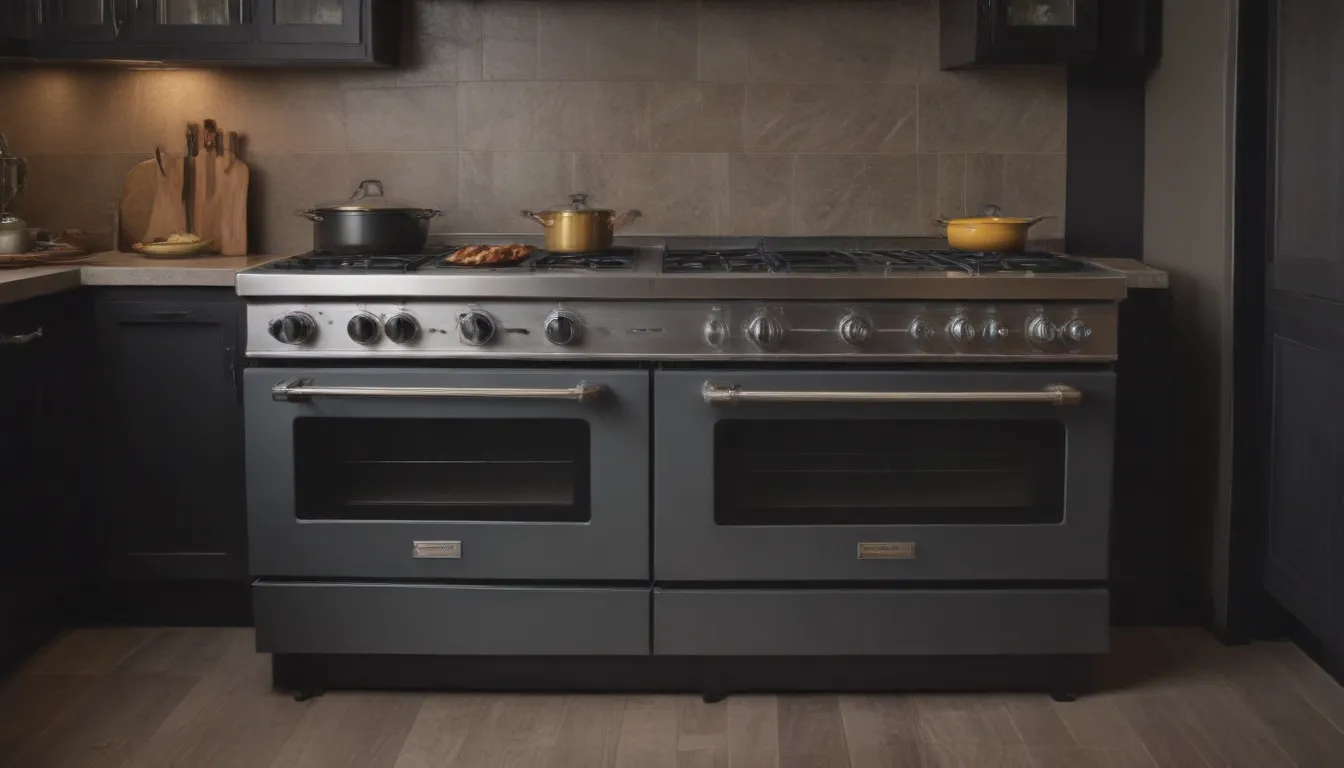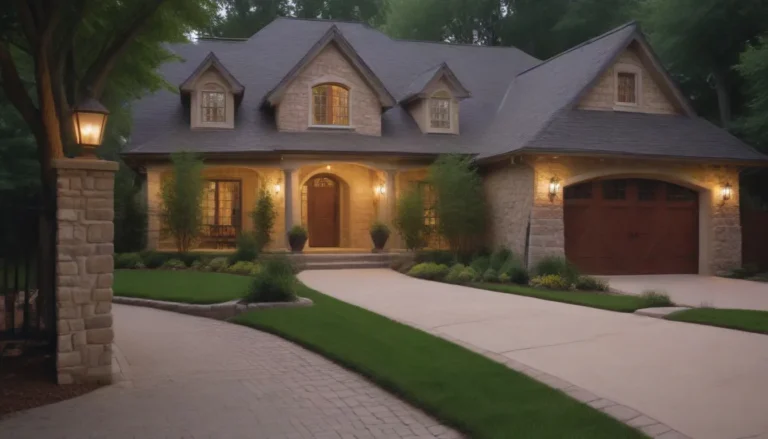Choosing Between Freestanding and Slide-In Ranges: A Comprehensive Comparison

So, you’re in the market for a new kitchen range. Whether you’re a culinary enthusiast or just looking to upgrade your cooking space, selecting the right range can make a significant impact on the functionality and aesthetics of your kitchen. But with so many options available, how do you decide between a freestanding range and a slide-in range?
In this comprehensive guide, we’ll dive deep into the key differences between freestanding and slide-in ranges, including installation requirements, control placement, features, and costs. By the end of this article, you’ll have a clear understanding of which type of range is best suited for your kitchen.
What Is a Slide-In Range?
A slide-in range is a specialized appliance designed to fit seamlessly between cabinets in your kitchen. Unlike freestanding ranges, slide-in ranges do not have finished sides and are intended to overlap the countertop, creating a sleek, integrated look. The front of the slide-in range covers the edges of the cabinets, giving it a custom, built-in appearance.
Differentiating Between Fake Slide-In Ranges and True Slide-In Ranges
It’s important to note that many ranges labeled as “slide-in” in the market are actually freestanding ranges designed to mimic the appearance of a slide-in range. These pseudo slide-in ranges feature front controls and no backguard but still have finished sides. True slide-in ranges, on the other hand, have unfinished sides and an overlapping cooktop, creating a true built-in look.
Tip: When shopping for a slide-in range, look for models with unfinished sides and an overlapping cooktop to ensure you’re getting a true slide-in range.
Understanding Freestanding Ranges
A freestanding range offers more flexibility in terms of installation options compared to a slide-in range. Designed with finished sides, a freestanding range can be installed within cabinetry or as a standalone unit. This versatility makes freestanding ranges a popular choice for kitchen remodels and new construction projects.
Comparing Slide-In with Drop-In Ranges
While slide-in ranges are often confused with drop-in ranges, the two are distinct in their installation requirements. Drop-in ranges, like slide-in ranges, require custom cabinetry for installation but do not have the bottom drawer present in slide-in ranges. This difference necessitates even more custom cabinetry, making drop-in ranges a niche option for specific kitchen layouts.
Tip: Drop-in ranges are not to be confused with drop-in cooktops, which are often paired with wall ovens and lack an integrated oven compartment.
Key Differences Between Slide-In and Freestanding Ranges
When choosing between a slide-in range and a freestanding range, several factors come into play. From installation requirements to control placement and available features, each type of range offers its own advantages and considerations. Let’s break down the major differences:
Installation
- Slide-in ranges are designed to fit between cabinets with an overhanging cooking surface, covering the back and side seams.
- Freestanding ranges do not overlap the countertop and can be installed between cabinets or at the end of a row thanks to their finished sides.
Tip: Before purchasing a range, ensure that your kitchen space is compatible with the installation requirements of your chosen range type.
Controls
- Slide-in ranges typically have front controls due to the absence of a backguard, whereas freestanding ranges often feature backguard controls.
- Look for freestanding ranges with front controls and lockable features for added safety, especially in households with children.
Features
- Freestanding ranges offer the convenience of a backguard to protect walls from heat and spills, making them versatile in various kitchen setups.
- Slide-in ranges provide a seamless, built-in appearance that enhances the overall aesthetic of your kitchen.
Costs
- Slide-in ranges tend to be pricier than freestanding ranges due to their specialized design and installation requirements.
- Additional costs may arise from custom cabinetry and backsplash installations for slide-in ranges, whereas freestanding ranges offer more installation flexibility.
Making the Right Choice for Your Kitchen
When deciding between a slide-in range and a freestanding range for your kitchen, consider your specific needs and kitchen layout. If you already have cabinets and countertops designed for a slide-in range, opting for this style may be the most seamless choice. However, if you’re looking for versatility and cost-efficiency, a freestanding range could be the better option.
Tip: Measure your space before purchasing a new range to ensure a proper fit, regardless of the type you choose.
In conclusion, both slide-in and freestanding ranges have their unique benefits and considerations. While slide-in ranges offer a sleek, built-in look, freestanding ranges provide more flexibility at a lower cost. With the right information and careful consideration of your kitchen setup, you can make an informed decision that enhances both the functionality and aesthetics of your cooking space.
Remember, the best range is one that not only meets your cooking needs but also complements the overall design of your kitchen. Happy cooking!





